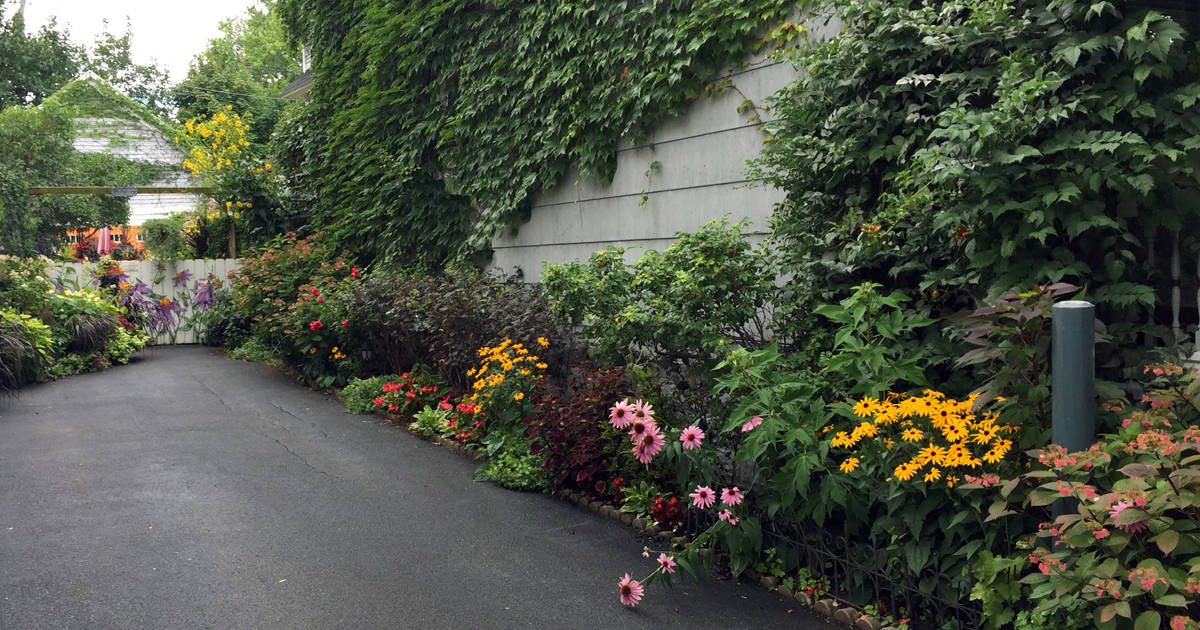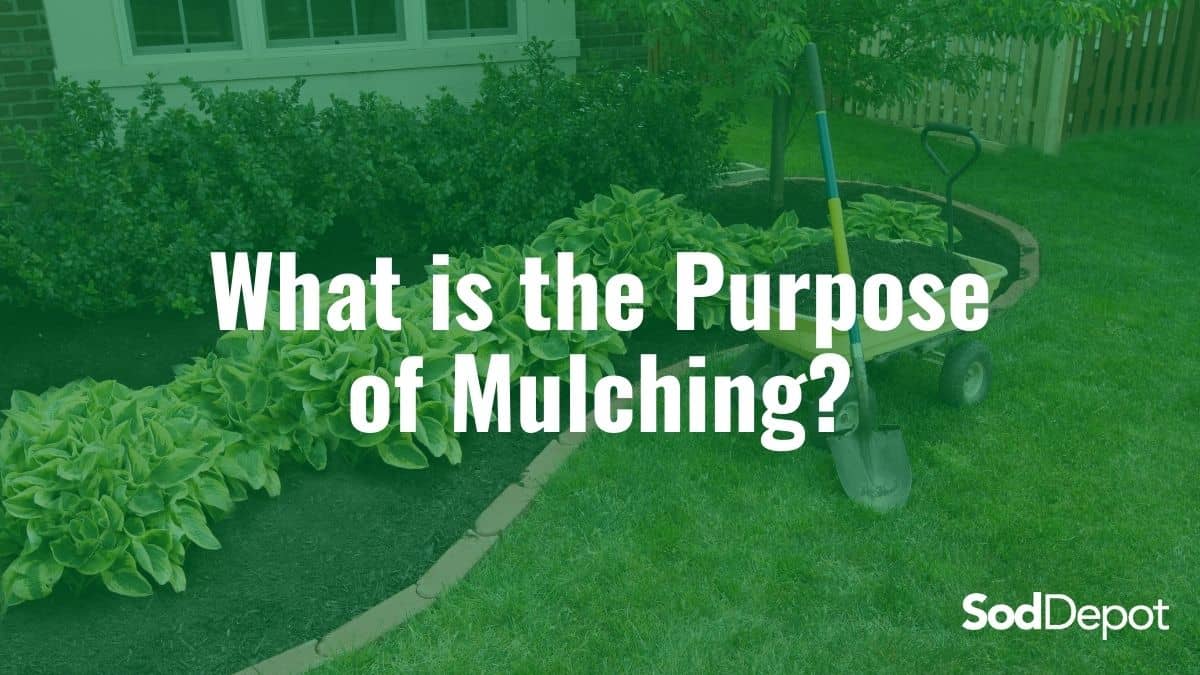The Main Principles Of Hilton Head Landscapes
All About Hilton Head Landscapes
Table of ContentsSome Known Questions About Hilton Head Landscapes.Hilton Head Landscapes Things To Know Before You BuyA Biased View of Hilton Head LandscapesHow Hilton Head Landscapes can Save You Time, Stress, and Money.All about Hilton Head LandscapesWhat Does Hilton Head Landscapes Mean?The 15-Second Trick For Hilton Head LandscapesExamine This Report on Hilton Head Landscapes
Kind compatibility is additionally a significant part of unity in designone or 2 strikingly various types are excellent for comparison and focus, but generally all other kinds ought to have some resemblances for a combined look. Texture describes how crude or great the surface of the plant or hardscape product feels and/or looks.
Examples of plants with crude structure consist of philodendrons, agaves, bromeliads, hollies, hands, and hydrangeas. Hardscape with coarse texture consists of rough-cut stone, rough-finished brick, and unfinished timber with knots and an increased grain. Matured or old building and construction material that keeps a weather-beaten surface is typically coarse in structure. Qualities that develop fine appearance include tiny foliage; slim, strappy leaves (yards) or tall, slim stems; little, dense branches and small branches; long stems (creeping plants); and tiny, fragile flowers.
Hilton Head Landscapes - Truths
A lot of plants are average structure, in that they can not be described as having either crude or great appearance. Medium-textured plants act as a history to web link and merge the rugged- and fine-textured plants.

To make a space really feel smaller sized, position the crude appearances along the external boundary and the fine textures closest to the audience. The detail of the coarse structure makes the plants show up closer and makes the room really feel smaller. The viewed structure of plants can likewise change with the distance from the plant.
Excitement About Hilton Head Landscapes
Strong shades raise the contrast and make the appearance appear coarser, while muted colors can flatten texture. Hardscape with a rugged texturesuch as extremely harsh rocks and bold, big timberstends to make all plant product show up much more medium distinctive. Developers frequently establish a structure research (Figure 8) on paper to assist make a decision the plan of plant products.
Shade in plant product and hardscape adds interest and variety to the landscape. Color is the most obvious component in the landscape and is generally the emphasis of a lot of home owners; nonetheless, it is additionally the most short-lived aspect, generally lasting just a few weeks a year for private plants.
The 15-Second Trick For Hilton Head Landscapes
An easy description of the shade wheel consists of the three primaries of red, blue, and yellow; the three secondary colors (a mix of two primaries) of eco-friendly, orange, and violet; and 6 tertiary shades (a mix of one surrounding key and second shade), such as red-orange. Color theory discusses the connection of colors to each other and how they should be made use of in a make-up.

Comparable (occasionally called unified) color schemes are any three to five shades that are surrounding on the shade wheel, such as red, red-orange, orange, yellow-orange, and yellow, or blue, blue-violet, and violet (landscape design hilton head). The colors belong to every various other since they normally consist of two primaries blended to create a second and 2 tertiary colors, which implies they share common residential properties
Complementary colors are often found normally in blossoms; an usual pair is yellow and violet. Color is discovered in the blossoms, foliage, bark, and fruit of plants.
Facts About Hilton Head Landscapes Uncovered
Green foliage in all its different tones is the dominant color by quantity, however various other colors capture interest much more readily since of their high comparison to the color eco-friendly. Color is also discovered in structures, rocks, pavers, timber, and furnishings. Most colors in all-natural products, such as rock and timber, are generally low-key and tend to be variations of brownish, tan, and light yellow.
Shades have residential properties that can impact emotions, spatial perception, light top quality, equilibrium, and emphasis. Great colors often tend to be soothing and should be utilized in areas for leisure and calmness.
Top Guidelines Of Hilton Head Landscapes
The "temperature level" of shades can also influence the perception of distance. Awesome shades tend to decline and are regarded as being further away, making an area feel bigger. Warm shades have a tendency to advancement and are perceived as being better, making a room really feel smaller. Shade can likewise be used to capture focus and direct views.
For instance, brilliant yellow, which has the highest strength, also has a high comparison with all various other shades (typically referred to as a "pop" of shade) and need to be used moderately. A tiny quantity of intense color has as much visual weight as a large quantity of a much more suppressed or weak shade.
Similar (in some cases called unified) color design are any kind of 3 to 5 shades that are nearby on the color wheel, such as red, red-orange, orange, yellow-orange, and yellow, or blue, blue-violet, and violet. The shades are relevant to every other due to the fact that they generally include two primaries blended to create a second and 2 tertiary colors, which suggests they share usual homes.
All about Hilton Head Landscapes
Complementary colors are frequently located normally in blossoms; a typical set is yellow and violet. Color is found in the flowers, foliage, bark, and fruit of plants.
Green vegetation in all its different shades is the leading color by amount, but other colors record attention a lot more readily due to their high contrast to the shade environment-friendly - landscaping important link hilton head sc - https://plant-waitress-d90.notion.site/Transform-Your-Outdoors-with-Hilton-Head-Landscapes-174812708a624c49ad532d2e0de1d93f. Color is also found in structures, rocks, pavers, wood, and furnishings. Many shades in all-natural products, such as stone and wood, are commonly muted and often tend to be variations of brown, tan, and light yellow
Little Known Facts About Hilton Head Landscapes.
Colors have residential properties that can influence feelings, spatial understanding, light quality, equilibrium, and focus. Trendy shades have a tendency to be calming and should be used in areas for relaxation and calmness.
Trendy shades have a tendency to recede and are regarded as being farther away, making a space really feel larger. Shade can likewise be used to capture focus and direct sights - https://www.pageorama.com/?p=h1tnhdlndscps.
For instance, intense yellow, which has the highest possible intensity, also has a high comparison with all various other colors (typically called a "pop" of shade) and must be conserved. A tiny quantity of intense color has as much aesthetic weight as a big quantity of a more restrained or weak color.